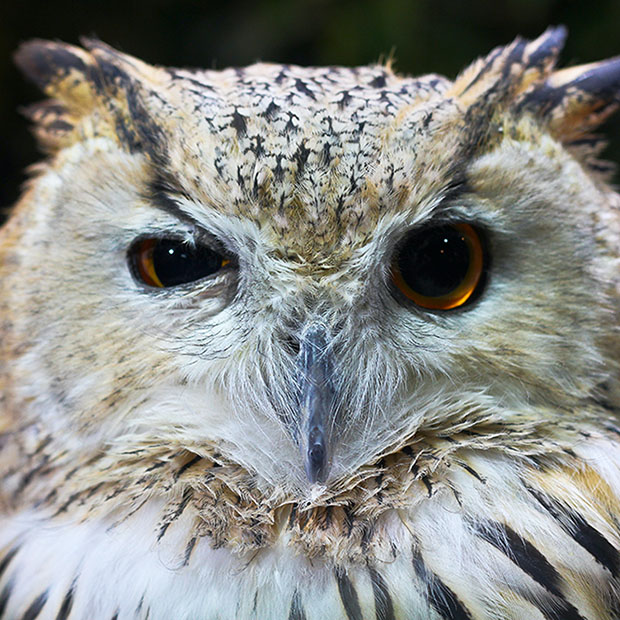Differences Between Human and Animal Eyes

Our jobs are all about keeping human eyes healthy and making sure our patients see clearly.
However, every once in a while, we like taking a look at the fascinating world of animal eyesight. There are some incredible eyes in nature that work very differently from the way human eyes do.
Human Eyes Versus Animal Eyes
One thing all eyes have in common is that they focus light onto a retina, turn the image into signals, and send them to the brain. Depending on what the animal does to survive, that requires different adaptations. The ones we need are things like depth perception, the ability to see movement, and color vision.
You may have noticed that predator animals tend to have their eyes on the front of their skulls (like us), while prey animals (like sheep and rabbits) have their eyes on the sides. Predators use front-facing eyes for binocular vision, which allows them to pinpoint how far away a prey animal is. Prey animals use their side-facing eyes to see predators coming from most angles, making it harder to sneak up on them.
Eye position is only the beginning. Eagles, for instance, have much deeper foveae than we do, which is like having built-in telephoto lenses. They can see incredible detail from great distances, and their field of vision is wider. They can also see a wider range of wavelengths, up into the UV spectrum!
The Best Eyes in the Animal Kingdom
Eagles have the best eyesight in the skies (at least during the day) but they don’t win every category. There are so many different amazing eyes in the wild.
- The animal with the best color vision (that we know of) is the bluebottle butterfly. While we only have three types of cones to detect different colors. Bluebottles have fifteen, some of which see in the UV spectrum.
- The animal with the best night vision is the owl. Their eyes are shaped more like tubes and don’t move in their sockets (that’s why they swivel their heads so dramatically). Their eyes are very large and their retinas have five times as many rods as ours. They also have a biological mirror built into their retinas, the tapetum lucidum, which improves their night vision even more.
- In the water, sharks have the best eyes. They are adapted to hunting in murky, dark conditions. Like owls, they have tapeta lucida, and their eyes have a protective layer to protect them from the water.
- The most complex eyes we know about are those of the mantis shrimp. They have eyestalks that move independently and each contain three separate compound eyes. Each segment does different things and communicates with different parts of the brain, and they have twelve types of photoreceptors.
Keep Us Updated About Any Changes to Your Vision
Human eyes can’t do a lot of the things all these animals’ eyes can do, but there are things they should be doing very well. If yours aren’t, or if you’ve noticed any changes to your eyesight, don’t hesitate to schedule an appointment so we can discover what’s causing the problem. It could be as simple as needing a stronger prescription.
